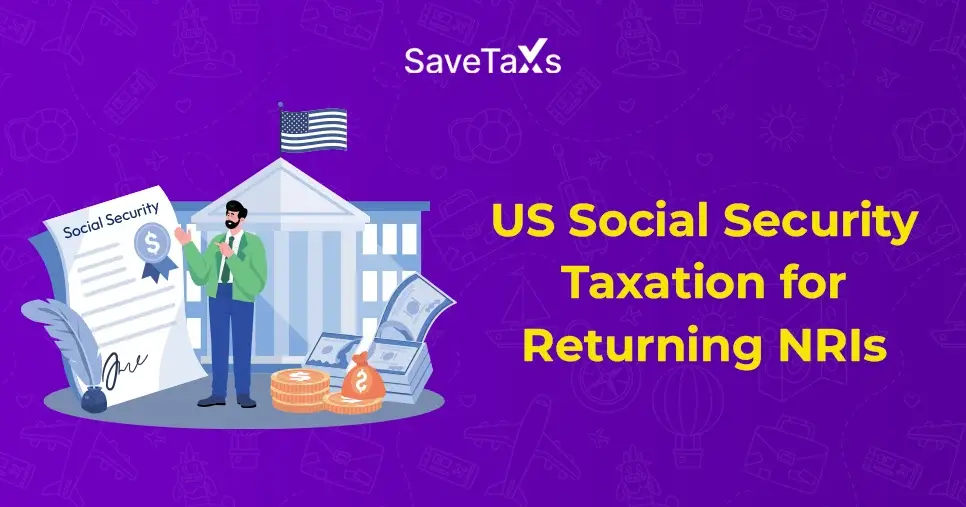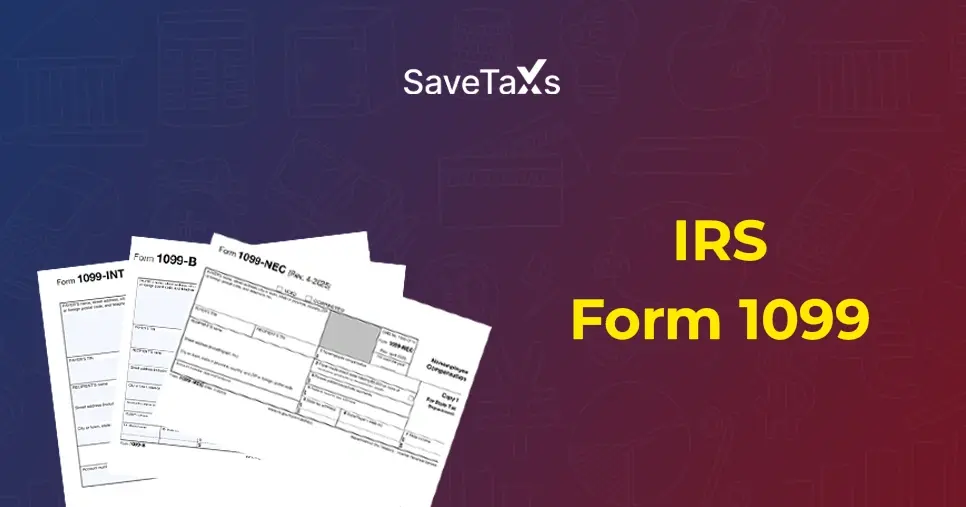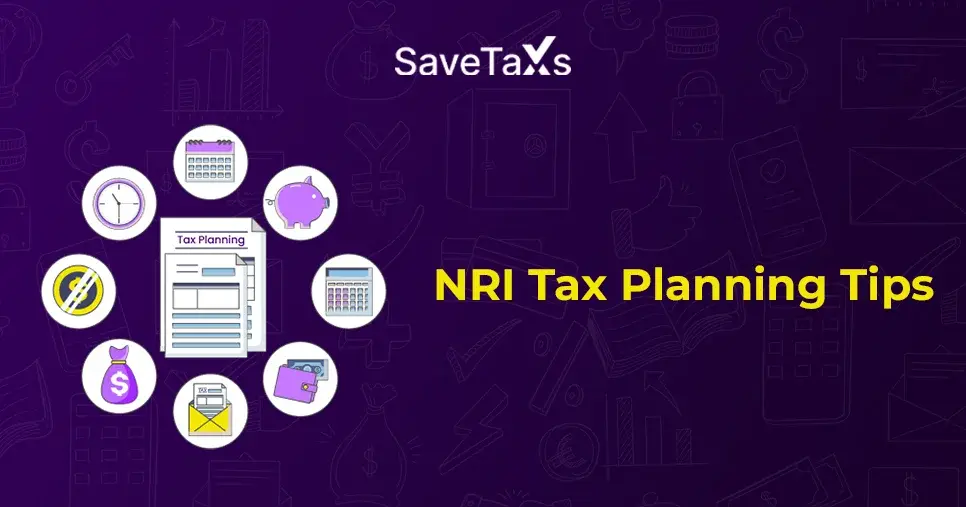- What is the Old Tax Regime?
- What is the New Tax Regime?
- Key Differences Between the Old Tax Regime and the New Tax Regime for NRIs
- Who Should File ITR?
- NRI Income Tax Slab Rates for AY 2025-2026 (FY 2024-2025)- New and Old Income Tax Regime
- Which Tax Regime Is Better For NRIs - Old or New?
- Situations When the Old Tax Regime is Better for NRIs
- Situations When the New Tax Regime is Better for NRIs
- Deductions and Exemptions Comparison
- Save Big with Savetaxs
The Income Tax Department of India offers taxpayers two tax regimes: the old tax regime and the new tax regime. They can choose either one and pay the taxes according to the provisions of that one tax regime. The old tax regime offers various deductions and tax exemptions for taxpayers, whereas the new tax regime has lower tax rates but does not include most of the tax exemptions and deductions.
For the financial years 2025-29, the new tax regime offers significant benefits, as it reduces the tax liability to nil for income up to Rs. 12 lakh. However, in this blog, the key differences between the two regimes are summarized, outlining their advantages, and by the end, you will be able to determine which regime suits you the best as an NRI.
What is the Old Tax Regime?
The old tax regime is based on the traditional method of income tax calculation used by Indians, which offers diverse tax exemptions and deductions under various sections of the Income Tax Act.
These deductions are investments in tax-saving schemes, such as the Public Provident Fund (PPF), the National Pension Scheme (NPS), insurance policies, house rent allowance (HRA), and mortgage interest. However, with an increase in income, there is also a progressive increase in the tax slabs of the old tax regime.
What is the New Tax Regime?
This tax regime was introduced in the 2020 budget session, offering simplicity in tax filing with low tax rates. However, these low taxes come at a cost: eliminating most of the tax exemptions and deductions that were available under the old tax regime. Under this regime, income up to Rs. 3,00,000 is exempt from income tax, and residents of India can claim tax rebates on income levels up to Rs. 7,00,000. However, this tax rebate applies to non-resident Indians.
The new tax regime is also the default tax regime, so unless you specifically select the old tax regime, the new tax regime will be imposed by default.
Key Differences Between the Old Tax Regime and the New Tax Regime for NRIs
| Aspect | Old Tax Regime | New Tax Regime |
|---|---|---|
| Tax Rates | High tax rates, however, are accompanied by exemptions and deductions. | Low tax rates with few to no exemptions and deductions. |
| Exemptions and Deductions | Yes, available under various sections of the Income Tax Act. | Limited exemptions or deductions are available. |
| Complex | Due to multiple exemptions and deductions, the process is relatively complex. | Simple due to limited exemptions or deductions |
| Flexibility | Offers flexibility in tax planning and deduction optimization. | Not enough flexibility |
Who Should File ITR?
An individual, a Non-resident Indian, an Overseas Indian Citizenship Card Holder, or a HUF earning above 3 lakh as per the new tax regime, and is under the age of 60, is required to file an Income Tax return (ITR).
NRI Income Tax Slab Rates for AY 2025-2026 (FY 2024-2025)- New and Old Income Tax Regime
Old Income Tax Regime
| Income Tax Slab | Old Regime Income Tax Rate | Surcharge |
|---|---|---|
| Upto ₹ 2,50,000 | Nil | Nil |
| ₹ 2,50,001 - ₹ 5,00,000 | 5% above ₹ 2,50,000 | Nil |
| ₹ 5,00,001 - ₹ 10,00,000 | 12,500+20% above ₹ 5,00,000 | Nil |
| ₹ 10,00,001 - ₹ 50,00,000 | ₹ 1,12,500 + 30% above ₹ 10,00,000 | Nil |
| ₹ 50,00,001- ₹ 100,00,000 | ₹ 1,12,500 + 30% above ₹ 10,00,000 | 10% |
| ₹ 100,00,001- ₹ 200,00,000 | ₹ 1,12,500 + 30% above ₹ 10,00,000 | 15% |
| ₹ 200,00,001 - ₹ 500,00,000 | ₹ 1,12,500 + 30% above ₹ 10,00,000 | 25% |
| Above ₹500,00,000 | ₹ 1,12,500 + 30% above ₹ 10,00,000 | 37% |
New Income Tax Regime
| Income Tax Slab | New Regime Income Tax Rate | Surcharge |
|---|---|---|
| Up to ₹3,00,000 | Nil | Nil |
| ₹ 3,00,001 - ₹ 7,00,000 | 5% above ₹ 3,00,000 | Nil |
| ₹ 7,00,001 - ₹ 10,00,000 | ₹ 20,000 + 10% above ₹ 7,00,000 | Nil |
| ₹ 10,00,001 - ₹ 12,00,000 | ₹ 50,000 + 15% above ₹ 10,00,000 | Nil |
| ₹ 10,00,001 - ₹ 12,00,000 | ₹ 80,000 + 20% above ₹ 12,00,000 | Nil |
| ₹ 15,00,001 - ₹ 50,00,000 | ₹ 1,40,000 + 30% above ₹ 15,00,000 | Nil |
| ₹ 50,00,001 - ₹100,00,000 | ₹ 1,40,000 + 30% above ₹ 15,00,00 | 10% |
| ₹ 100.00.001 - ₹ 200,00,000 | ₹ 1,40,000 + 30% above ₹ 15,00,000 | 15% |
| Above ₹ 200,00,001 | ₹ 1,40,000 + 30% above ₹ 15,00,000 | 25% |
Which Tax Regime Is Better For NRIs - Old or New?
Determining which tax regime is more beneficial for non-resident individuals depends on several factors, including the nature of the income, the individual's income level, investment portfolio, and personal financial goals. The new tax regime is beneficial for those non-resident individuals with minimal tax savings, deductions, and investments. Whereas the old tax regime is suitable for those who are seeking maximum benefit from the available deductions and exemptions of the income tax.
Situations When the Old Tax Regime is Better for NRIs
The old tax regime is better and beneficial if you want to claim exemptions and deductions as an NRI.
Investment in Tax-Saving Instruments: If the taxpayer invests in tax-saving schemes and instruments under the Income Tax Act section 80C.
Home loan Interest: As a non-resident Indian taxpayer, if you are paying a hefty home loan interest, you can benefit from certain income tax deductions under Section 24.
Situations When the New Tax Regime is Better for NRIs
This tax regime is better for non-resident Indians if they have minimal deductions and lower taxable income. In such cases, the new tax regime is perfect because it has lower tax rates.
This tax regime is relatively simple due to its limited deductions and exemptions; therefore, taxpayers seeking ease of compliance can adopt the new tax regime.
Deductions and Exemptions Comparison
Below is a quick table comparing the exemptions and deductions available under the old and new tax regimes.
| Particulars | Old Tax Regime | New Tax Regime |
|---|---|---|
| Income level for rebate eligibility | Rs. 5 lakhs | Rs. 5 lakhs |
| Standard deduction | Rs, 50,000 | Rs. 75,000 |
| Effective Tax-Free Salary Income | Rs. 5.5 Lakhs | Rs. 7.75 lakhs |
| Rebate under section 87A | Rs. 12,500 | Rs 25,000 |
| HRA exemption | Yes | No |
| Leave Travel Allowance | Yes | No |
| Other allowances, such as the food allowance of Rs 50 per meal, are subject to a daily limit of 2 meals. | Yes | No |
| Standard Deduction | Yes | No |
| Entertainment Allowance and Professional Tax | Yes | No |
| Perquisites for official purposes | Yes | Yes |
| Interest on Home Loan under section 24b on: Self-occupied or vacant property | Yes | No |
| Interest on Home Loan under section 24b on: Let-out property | Yes | Yes |
| Deduction under section 80C (EPF / LIC / ELSS / PPF / FD / Children's tuition fee etc) | Yes | No |
| Employee's (own) contribution to NPS | Yes | No |
| Employer's contribution to NPS | Yes | Yes |
| Medical insurance premiums under section 80D | Yes | No |
| Disabled individual under section 80U | Yes | No |
| Interest on the education loan under Section 80E | Yes | No |
| Interest on Electric vehicle loan - 80EEB | Yes | No |
| Donation to a Political party/trust, etc - 80G | Yes | No |
| Savings Bank Interest u/s 80TTA and 80TTB | Yes | No |
| Other Chapter VI-A deductions | Yes | No |
| All contributions to Agniveer Corpus Fund - 80CCH | Yes | No |
| Deduction on Family Pension Income | Max deduction of Rs. 15,000 | Max deduction of Rs. 25,000 |
| Gifts up to Rs 50,000 | Yes | No |
| Exemption on voluntary retirement 10(10C) | Yes | Yes |
| Exemption on gratuity u/s 10(10) | Yes | Yes |
| Exemption on Leave encashment u/s 10(10AA) | Yes | Yes |
| Daily Allowance | Yes | Yes |
| Conveyance Allowance | Yes | Yes |
| Transport Allowance for a specially-abled person | Yes | Yes |
Save Big with Savetaxs
Regardless of which tax regime you choose, saving big on taxes lies with the one who holds the knowledge of Indian income tax laws, because as a non-resident Indian, filing an ITR in India can feel overwhelming. Indian tax laws can feel like an unsolved puzzle, leaving you with no clear understanding. Well, not anymore.
Savetaxs has been helping NRIs for decades in filing their ITR. Our satisfied client base of thousands of NRIs, along with our team of experts, is a testament to the quality of services we offer. We provide NRIs with an NRI-specific ITR strategy, ensuring that we minimize your taxability. Hence, no matter where you are in the world, we work 24/7 across all times so that you can file your ITR from anywhere, at any time.
Note: This guide is for informational purposes only. The views expressed in this guide are personal and do not constitute the views of Savetaxs. Savetaxs or the author will not be responsible for any direct or indirect loss incurred by the reader for taxing any decision based on the information or the contents. It is advisable to consult with either a Chartered Accountant (CA) or a professional Company Secretary (CS) from the Savetaxs team, as they are familiar with the current regulations and help you make accurate decisions and maintain accuracy throughout the whole process.

Mr Shaw brings 8 years of experience in auditing and taxation. He has a deep understanding of disciplinary regulations and delivers comprehensive auditing services to businesses and individuals. From financial auditing to tax planning, risk assessment, and financial reporting. Mr Shaw's expertise is impeccable.
- Hindu Undivided Family – HUF Meaning, Benefits and How to Reduce Tax?
- Section 195 of Income Tax Act - TDS Applicability for NRI
- Section 112 of the Income Tax Act: Tax on Long Term Capital Gains
- DTAA Claim Mistakes NRIs Make And How To Avoid Them
- Understanding Power Of Attorney & Tax Compliance For NRIs
Want to read more? Explore Blogs
Frequently Asked Questions
No matter what your source of income is, we've got you covered. There’s a plan for everybody!
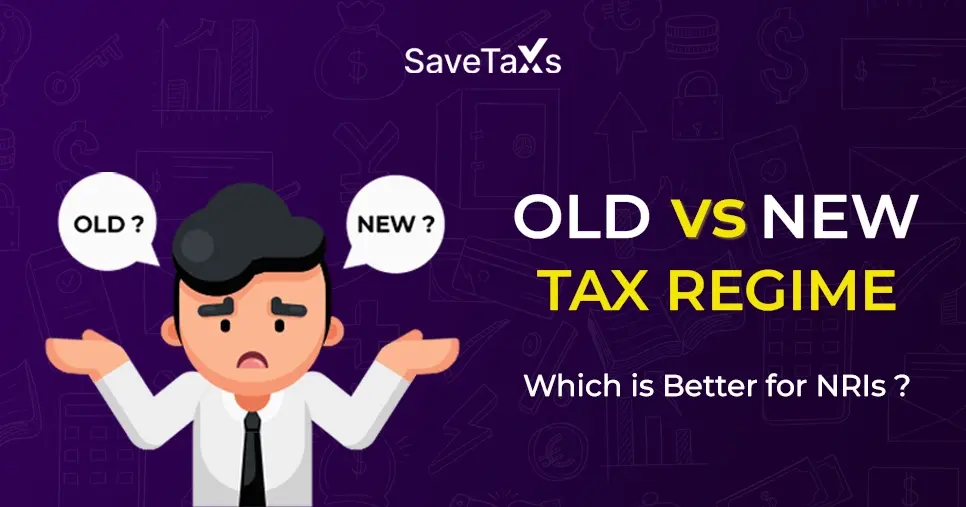

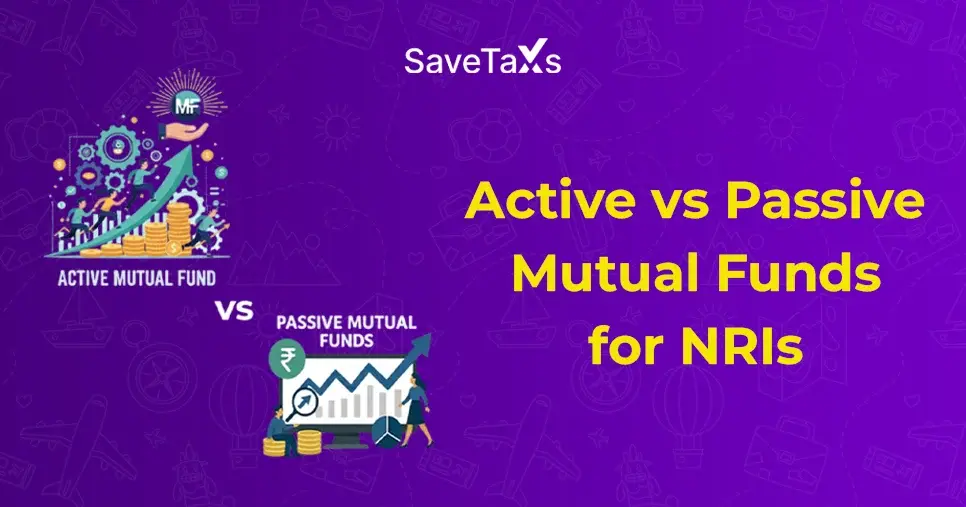
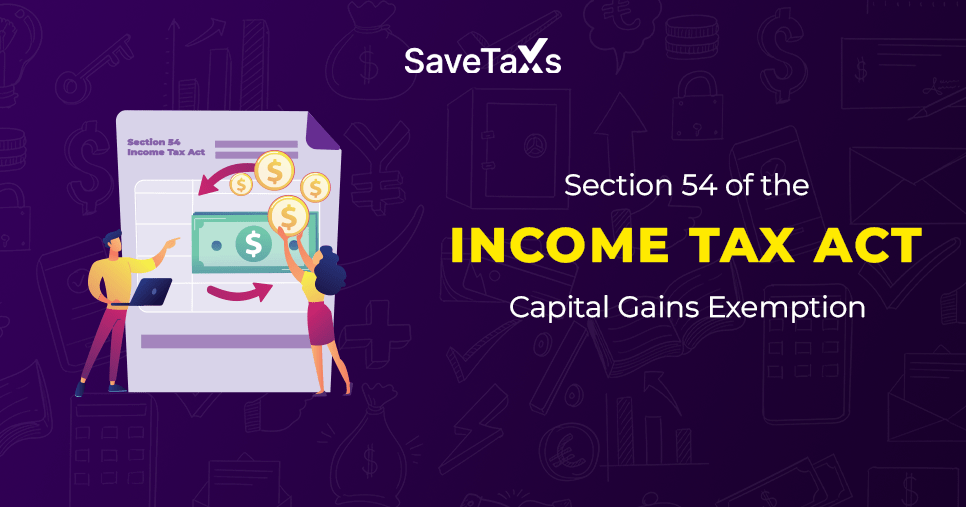


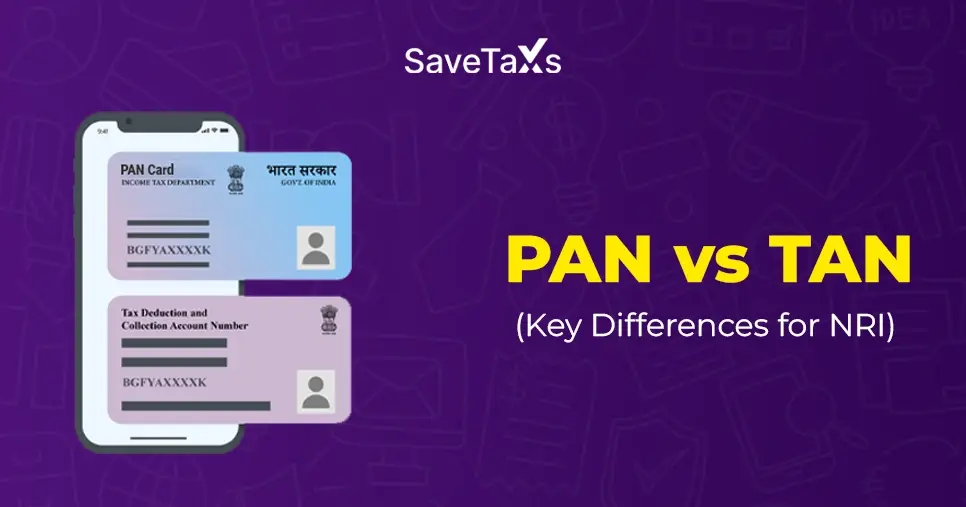
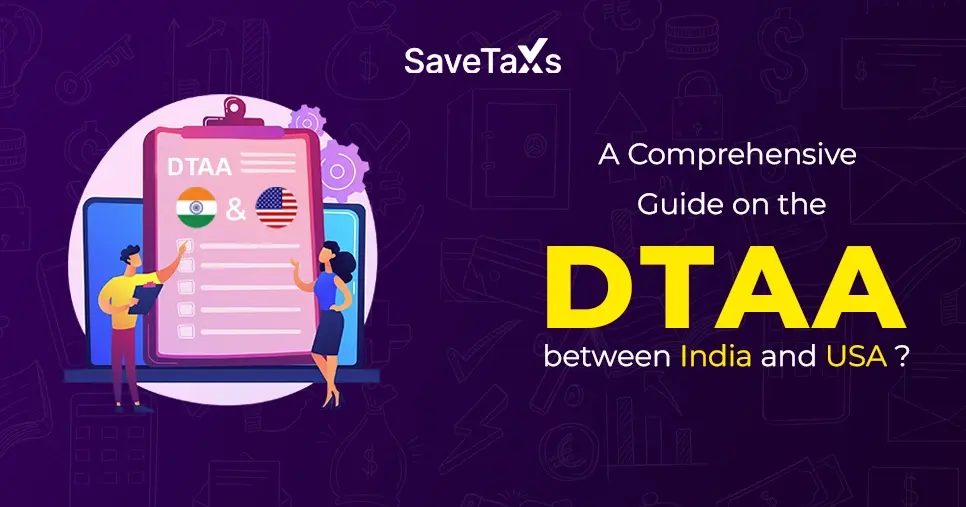
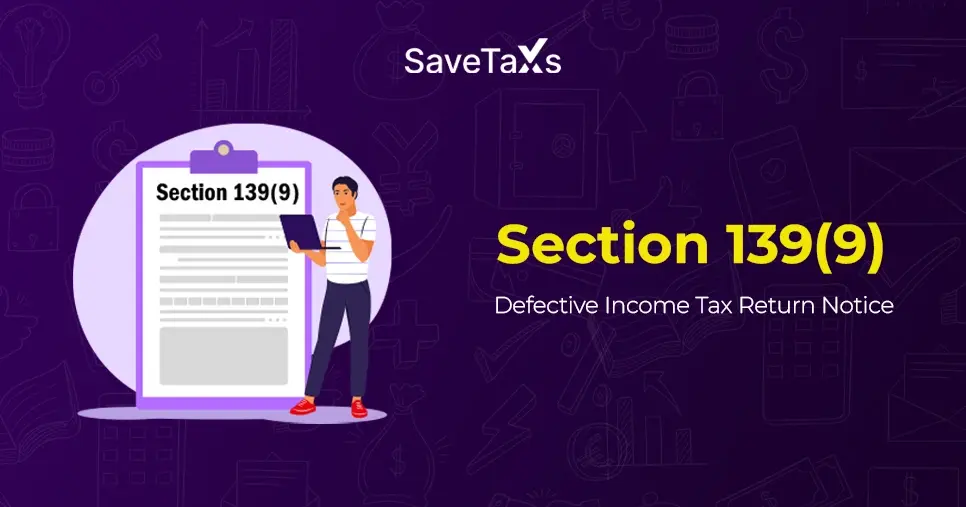
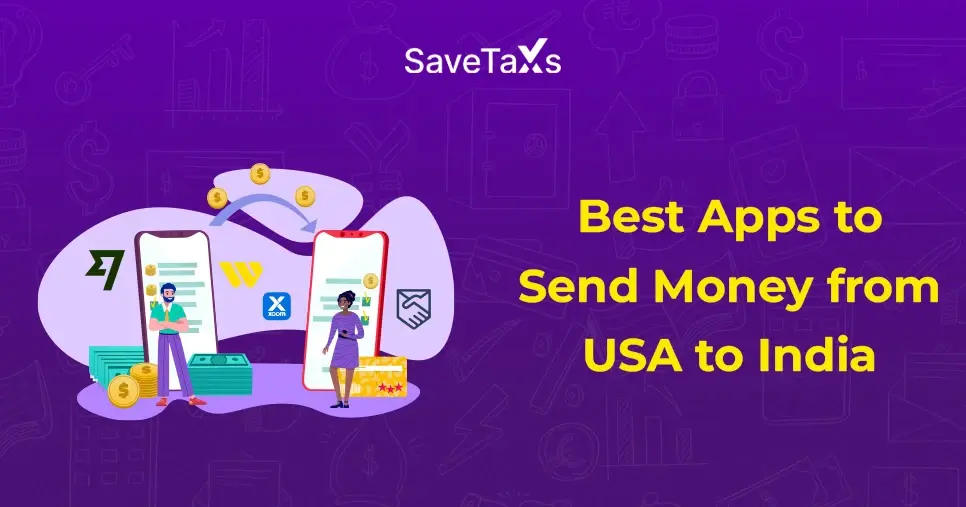
_1756729655.webp)
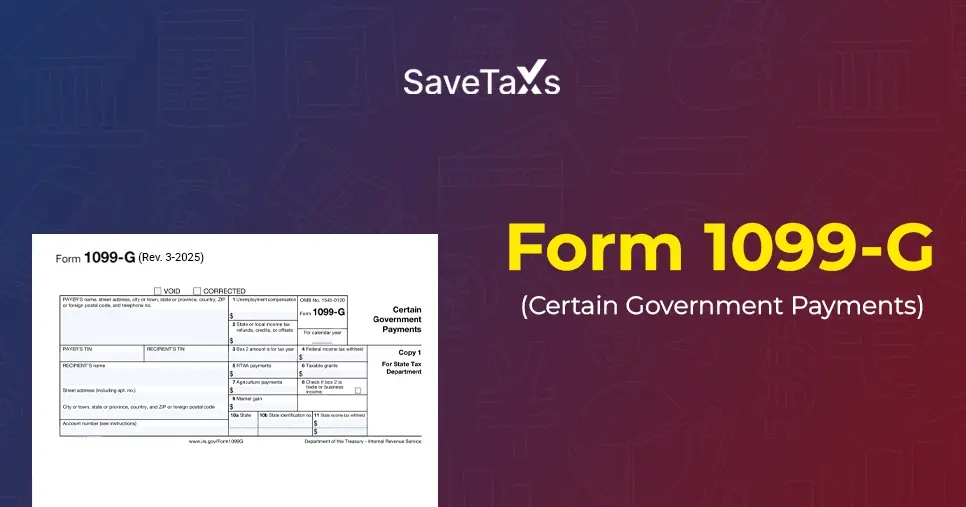

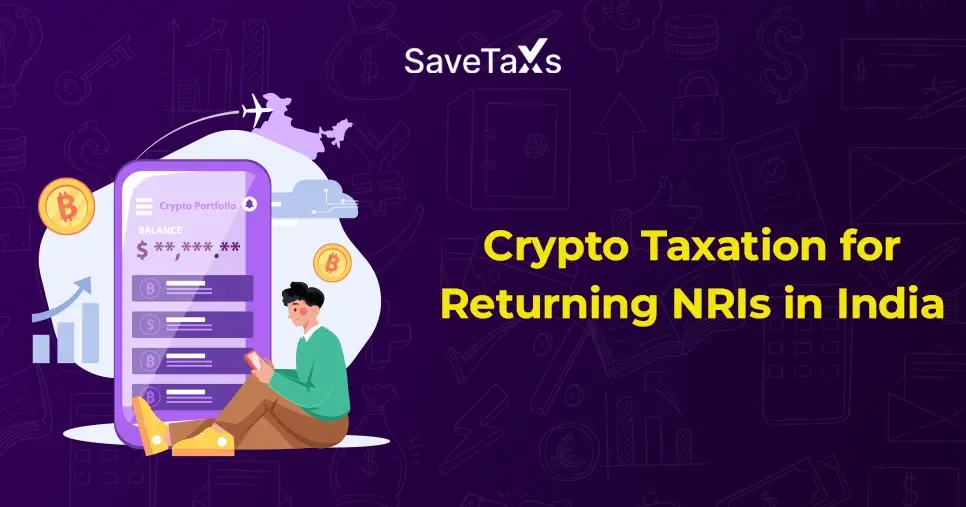
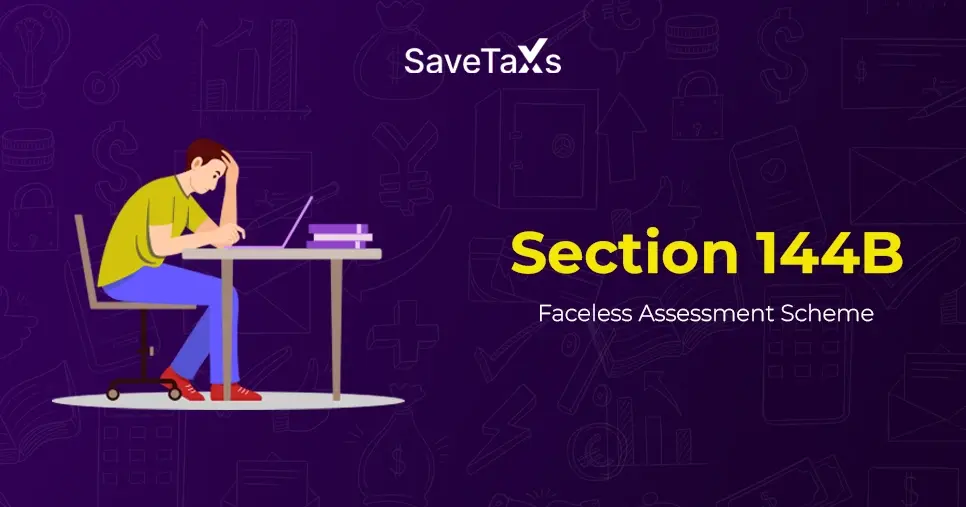

(i)-Of-The-Income-Tax-Act_1756812791.webp)
